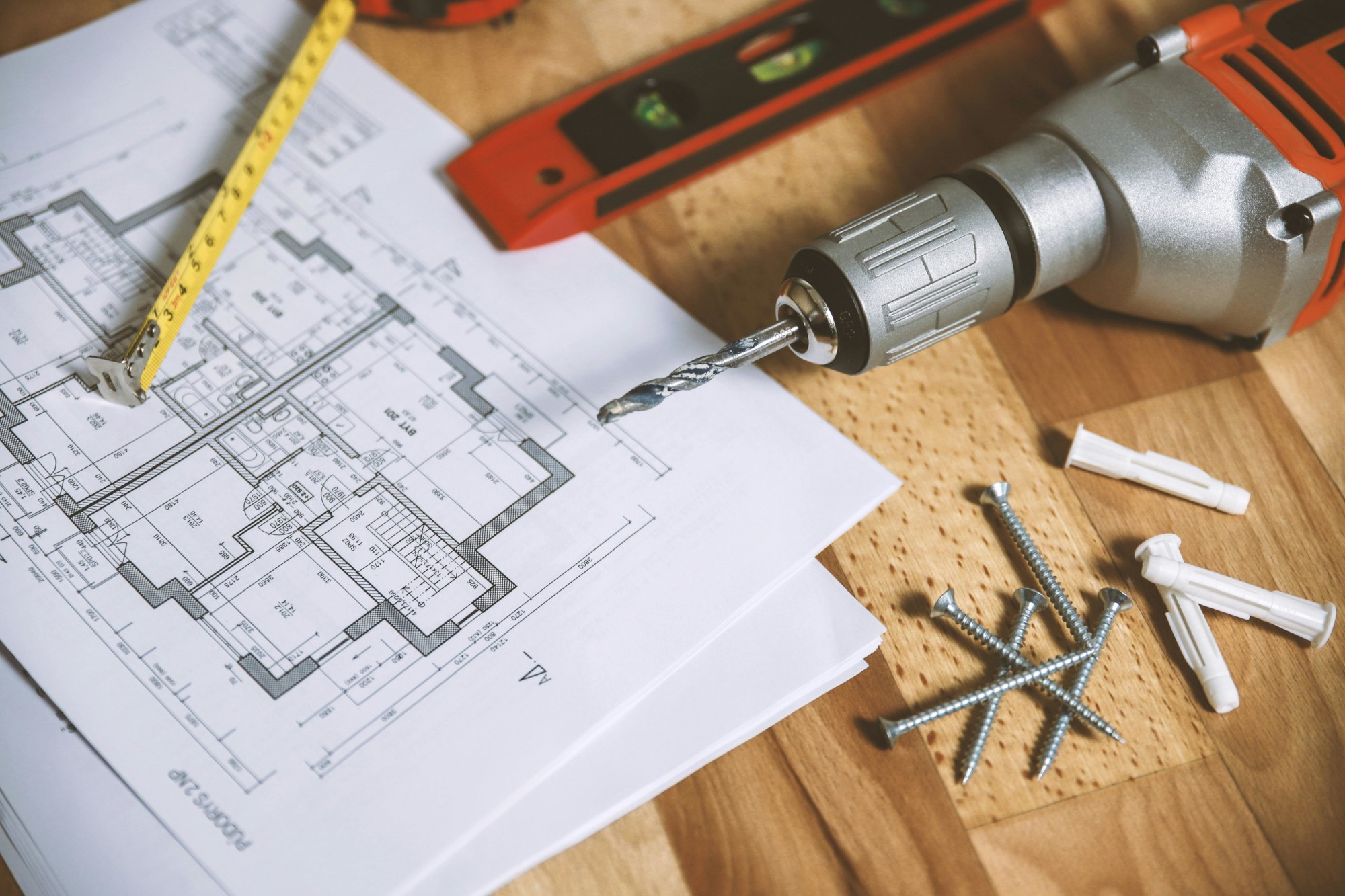Invest
Property investment strategies: Negative v positive gearing
The term “gearing” refers to borrowing money or taking out a loan to buy an investment asset. This strategy is usually employed by property investors, but the type of gearing they utilise depends on how they want their income and expenses to circulate.
Property investment strategies: Negative v positive gearing
The term “gearing” refers to borrowing money or taking out a loan to buy an investment asset. This strategy is usually employed by property investors, but the type of gearing they utilise depends on how they want their income and expenses to circulate.

Some investors choose to let the property take care of itself through neutral gearing – when rental income is only enough to pay for the overall expense of holding the property. However, many investors choose between positive and negative gearing.
What is positive gearing?
Also known as “cash flow properties”, a positively geared property refers to purchasing an investment property that generates an income that is larger than its overall expenses – including loan interest and principal payments.
Buying a positively geared property is profitable for an investor since they can use the generated income to pay for expenses related to holding the property, as well as accumulate funds from the excess cash to grow their portfolio.
If the property is situated in an area where real estate values are increasing, the property itself may increase in value, and this may generate a capital gain for the investor once they sell the property.

Investors may consistently generate a profit from the rental income; however, the profit they receive must be included as part of their assessable income – and they must pay tax at their effective marginal tax rate.
What is negative gearing?
Negative gearing refers to buying an investment property that generates a larger loss compared to the income derived from it. That is, the total sum of expenses – from maintenance to loan repayments – exceed the income the property generates.
The question now is: if expenses exceed income, why would investors choose to buy a negatively geared property investment? The answer lies in two potential benefits of negative gearing that investors may claim.
Reason #1: Investors may claim a tax loss against their assessable income and this lowers the amount of tax they have to pay when they file their tax return. In some cases, the tax savings can exceed the income loss from the negatively geared property.
Reason #2: If the real estate market where the property is situated rises, so too would the value of their property. If the market delivers strong growth, their property’s capital appreciation may be able to offset the losses incurred while they held the property, and they may generate a large profit once they sell the property.
Negative gearing as an investment strategy
Despite income losses, investors choose to employ negative gearing for their investment strategy as a way to minimise their tax payable annually. However, experts remind investors that it is not advisable to invest in property solely for tax purposes.
Only investors with enough income to cover the losses the property would incur should consider executing a negative gearing strategy.
It may be wiser for an investor to consider how they would meet the expenses should interest rates rise or their main source of income is compromised before investing in a negatively geared property.
About the author

About the author


Property
North platform adds household reporting feature to boost adviser efficiency
AMP's North platform has launched consolidated household reporting across multiple client accounts, helping financial advisers streamline their client review processes. Read more

Property
What Adds The Most Value To Properties?
Wondering how to up the value of your property? Properties are worth a lot of money in general, but there’s always a way to maximise value. The good news is that most of the things you can do to ...Read more

Property
Centuria reports strong growth in alternative real estate sectors for FY24
Centuria Capital Group has reported significant growth in alternative real estate sectors for the 2024 financial year, driving stable performance and increased guidance for FY25. Read more

Property
How to leverage equity in your home for investment or renovation
Home equity, the value of your property minus any debts owed, is a powerful financial resource many homeowners in Australia can utilize to further their financial goals. Whether you're looking to ...Read more

Property
Exploring REITs: Real estate investment without buying property
Real Estate Investment Trusts (REITs) offer a compelling investment alternative for those interested in the real estate market but may not want to endure the complexities and capital requirements of ...Read more

Property
Retirement communities: a pivotal element in meeting Australia's housing targets
The Retirement Living Council (RLC) has recommended that retirement communities should be considered a vital part in the Australian Government's initiative to fulfill the Housing Australia Future Fund ...Read more

Property
Australians adjust financial strategies amid changing property market dynamics
The 2023 calendar year saw Australian borrowers acquiring a total of $300.9 billion in new loans for property purchases, marking a 12.7% decrease from the previous year. Read more

Property
Split home loans unlocking doors for Aussie buyers
Australians are teaming up to dive into the real estate market and seize the advantages of home ownership, with the trend of split home loans surging as family and friends unite to buy properties ...Read more

Property
North platform adds household reporting feature to boost adviser efficiency
AMP's North platform has launched consolidated household reporting across multiple client accounts, helping financial advisers streamline their client review processes. Read more

Property
What Adds The Most Value To Properties?
Wondering how to up the value of your property? Properties are worth a lot of money in general, but there’s always a way to maximise value. The good news is that most of the things you can do to ...Read more

Property
Centuria reports strong growth in alternative real estate sectors for FY24
Centuria Capital Group has reported significant growth in alternative real estate sectors for the 2024 financial year, driving stable performance and increased guidance for FY25. Read more

Property
How to leverage equity in your home for investment or renovation
Home equity, the value of your property minus any debts owed, is a powerful financial resource many homeowners in Australia can utilize to further their financial goals. Whether you're looking to ...Read more

Property
Exploring REITs: Real estate investment without buying property
Real Estate Investment Trusts (REITs) offer a compelling investment alternative for those interested in the real estate market but may not want to endure the complexities and capital requirements of ...Read more

Property
Retirement communities: a pivotal element in meeting Australia's housing targets
The Retirement Living Council (RLC) has recommended that retirement communities should be considered a vital part in the Australian Government's initiative to fulfill the Housing Australia Future Fund ...Read more

Property
Australians adjust financial strategies amid changing property market dynamics
The 2023 calendar year saw Australian borrowers acquiring a total of $300.9 billion in new loans for property purchases, marking a 12.7% decrease from the previous year. Read more

Property
Split home loans unlocking doors for Aussie buyers
Australians are teaming up to dive into the real estate market and seize the advantages of home ownership, with the trend of split home loans surging as family and friends unite to buy properties ...Read more








